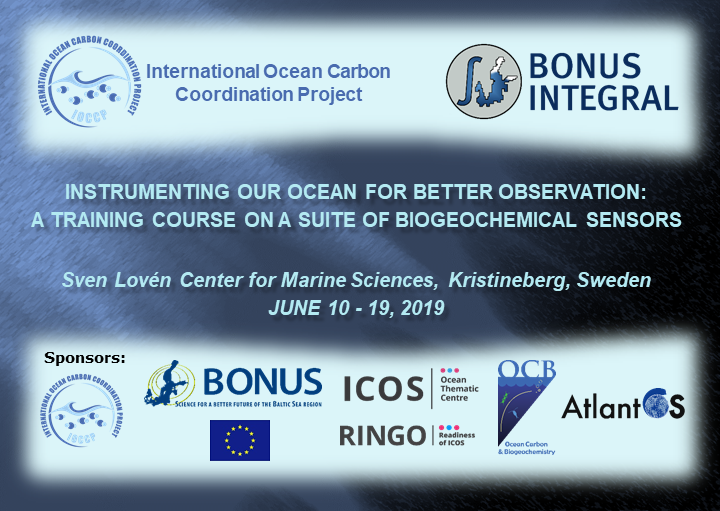

Course Materials TEMPORARILY not available online due to OTGA technical issues
In collaboration with the Ocean Teacher Global Academy (OTGA) we have prepared an online version of the course with all the lectures grouped into a number of topics. Most of the lectures were also video recorded. As this was our first attempt to document the course proceedings, and because of occasional technical mishaps, there are issues with video quality or completeness in some instances. We hope this will not discourage you from exploring the rich content of these lectures.
Check out also our Eos article on
Training the Next Generation of Marine Biogeochemists
About the Training Course
Background and motivation
Ocean properties vary on a number of time-scales and it is necessary to obtain high quality, high resolution (both spatial and temporal) biogeochemical measurements in order to tease out human from naturally-induced changes. In this regard, biogeochemical ocean time-series represent one of the most valuable tools scientists have to characterise and quantify ocean carbon fluxes and biogeochemical processes and their links to changing climate. In recent years, the importance of biogeochemical time-series has been underscored in light of issues of global, regional and local climatic and societal relevance. Ship-based biogeochemical monitoring is critical to understand ocean changes, but these are costly and therefore have limited temporal resolution. Ocean technology has leapt to the aid of scientists by providing them with cost-effective tools that can take measurements of essential biogeochemical variables autonomously, i.e. sensors on autonomous platforms. These autonomous measurements are complementary to efforts carried out by traditional ship-based sampling, with the aim of improving data coverage worldwide. Yet, despite these options becoming more readily available, there is still a gap between the technology and the end-user. This is born out of lack of training, lack of in-depth knowledge, and lack of community coordination. There is also a disconnect between data gathering by autonomous sensors and data quality, which is a major obstacle as these sensors are already being deployed on autonomous platforms in several different projects in many ocean regions. Indeed, the Panel for Integrated Coastal Observation (PICO) pointed out that while some of the required technologies are mature, the implementation on a global scale may be limited by lack of common standards and protocols and/or calibrated and validated algorithms for translating data into useful information.
2015 Sensors Training Course
For all these reasons the IOCCP decided to hold its an international summer course on best practices for selected autonomous biogeochemical sensors with the aim to promote and enhance the utilization of these sensors, and to teach users common best practices of use and data reporting. The need for such course was identified by the scientific community which felt that there exists an urgent necessity to address the usage of autonomous biogeochemical sensors to carry out time-series work, complement existing autonomous platforms, expand our current observational network, and ensure that the data being collected can serve both scientific and societal needs.
In 2015, IOCCP thus completed the International Summer Course on best practices for selected biogeochemical sensors (oxygen, pH, pCO2, nitrate). This intensive, 10-day Summer Course provided 27 trainees with lectures, hands-on in-situ and laboratory experiences, and informal interactions to improve in-depth knowledge on instrument know-how, troubleshooting, data management, data reduction and quality control. The final outcome of the course was the publication of ![]() "A user's guide for selected autonomous biogeochemical sensors". You can read more about the 2015 course from HERE.
"A user's guide for selected autonomous biogeochemical sensors". You can read more about the 2015 course from HERE.
2019 Sensors Training Course
Building on the success of the 2015 training course, IOCCP and EU BONUS INTEGRAL Project (Integrated carboN and TracE Gas monitoRing for the bALtic sea) are now organizing a 10-day international training course on "Instrumenting our ocean for better observation:a training course on a suite of biogeochemical sensors." The course will be held on June 10-19, 2019 at the Sven Lovén Center for Marine Sciences, in Kristineberg, Sweden. This course responds to the growing demand of the global ocean observing system and the marine biogeochemistry community for expanding the correct usage and generation of information from a suite of autonomous biogeochemical sensors.
The goal of the course is to train the new generation of marine biogeochemists in the use of a suite of biogeochemical sensors and to assure the best possible quality of the data produced. The workshop will be limited to a total of 28 participants at a PhD / early postdoc level selected through a competitive process at the discretion of the organizers.
This intensive training course will provide trainees with lectures and hands-on field and laboratory experience with sensors (deployment, interfacing, troubleshooting and calibration), will provide in-depth knowledge on data reduction and quality control as well as data management. This course will also provide an overview on the use of remote sensing, modelling and intelligent data extrapolation techniques.
Total cost of attendance at the course is approximately 620 EUR (accommodation - ca. 230 EUR, meals - ca. 190 EUR, registration fee - 200 EUR) + the cost of transportation to and from Kristineberg.
2019 Sensors Training as an Ocean Teacher Global Academy online course
Based on the course proceedings, and in collaboration with IOC-UNESCO IODE's Ocean Teacher Global Academy (OTGA), we have prepared an online version of this course in an attempt to meet the overwhelming demand for such training opportunities. Here we provide a comprehensive set of training materials divided into a number of topics. The course materials include video recorded lectures and/or lecture slideshows in PDF supplemented with links and references to various materials such as manuals, guides and best practices. The course is open to all and is meant to expand the impact of the sensors training beyond the initial group of 28 that we could invite to Kristineberg in June 2019. You can access the course materials from here:
https://classroom.oceanteacher.org/course/view.php?id=394
Course Program & Lecturers
Course program and format
The course program was designed around the following specific objectives:
- Teach best practices for biogeochemical sensors and selected autonomous measurement systems in general, and for selected types of sensors in particular, with the aim of improving the data currently generated by such sensors.
- Provide an overview of existing documentation on best practice across observing system within the selected parameters, with emphasis on existing gaps. Update the Field Guide resulting from the previous training course held in 2015.
- Work on data reduction and data quality control practices for sensor data, including specific reporting requirements (e.g. meta-data, calibration, validation, error estimates, formats, etc.).
- Present selected methods (statistical modelling, intelligent data exploration techniques) and tools (remote sensing data, mathematical model outputs) for the development of secondary data products (parameter distribution maps, fluxes and budgets).
During the course, we will focus on sensors related to four groups of parameters:
- Oxygen - with optode and electrochemical sensors,
- Bio-optics - with e.g. fluorometer, backscatter and radiometers,
- pH - with a range of sensors available: a) colometric reagent method, b) field effect transistor type sensor, and also c) benchtop surface application,
- pCO2 - with a range of sensors available: a) membrane based sensors with NDIR, b) colorimetric, c) otpodes, and d) underway General Oceanic system.
During hands-on sessions, participants will be divided into groups of 7 participants. Each group will have 1-2 instructor(s) dedicated to the group. Groups will take turns in exchanging sensors used in the practical sessions of the course. Ultimately and regardless of prior experience with any or none of the sensors, each participant will receive basic training for all four sensors that the course focuses on. As preparation for the course, participants are requested to familiarize themselves with the 2017 IOCCP publication ![]() "A user's guide for selected autonomous biogeochemical sensors". We will also ask the scientific advisory board to identify relevant best practice documents for each parameter, each relevant observing platform and ideally spanning from sensor calibration, through deployment and data reduction to validation, data quality control and data submission.
"A user's guide for selected autonomous biogeochemical sensors". We will also ask the scientific advisory board to identify relevant best practice documents for each parameter, each relevant observing platform and ideally spanning from sensor calibration, through deployment and data reduction to validation, data quality control and data submission.
Below you can find the course agenda and a detailed description of the course sessions.
Course instructors
Our course instructors are experts with great experience in the application of biogeochemical sensors and marine biogeochemistry research in general. Each will be present during the course as a lecturer and/or practical session instructor. We have arranged for the experts to stay in Kristineberg for a few days to give the course participants the opportunity to interact with leaders in the field both in a formal and informal setting. Our list of lecturers includes the following names:
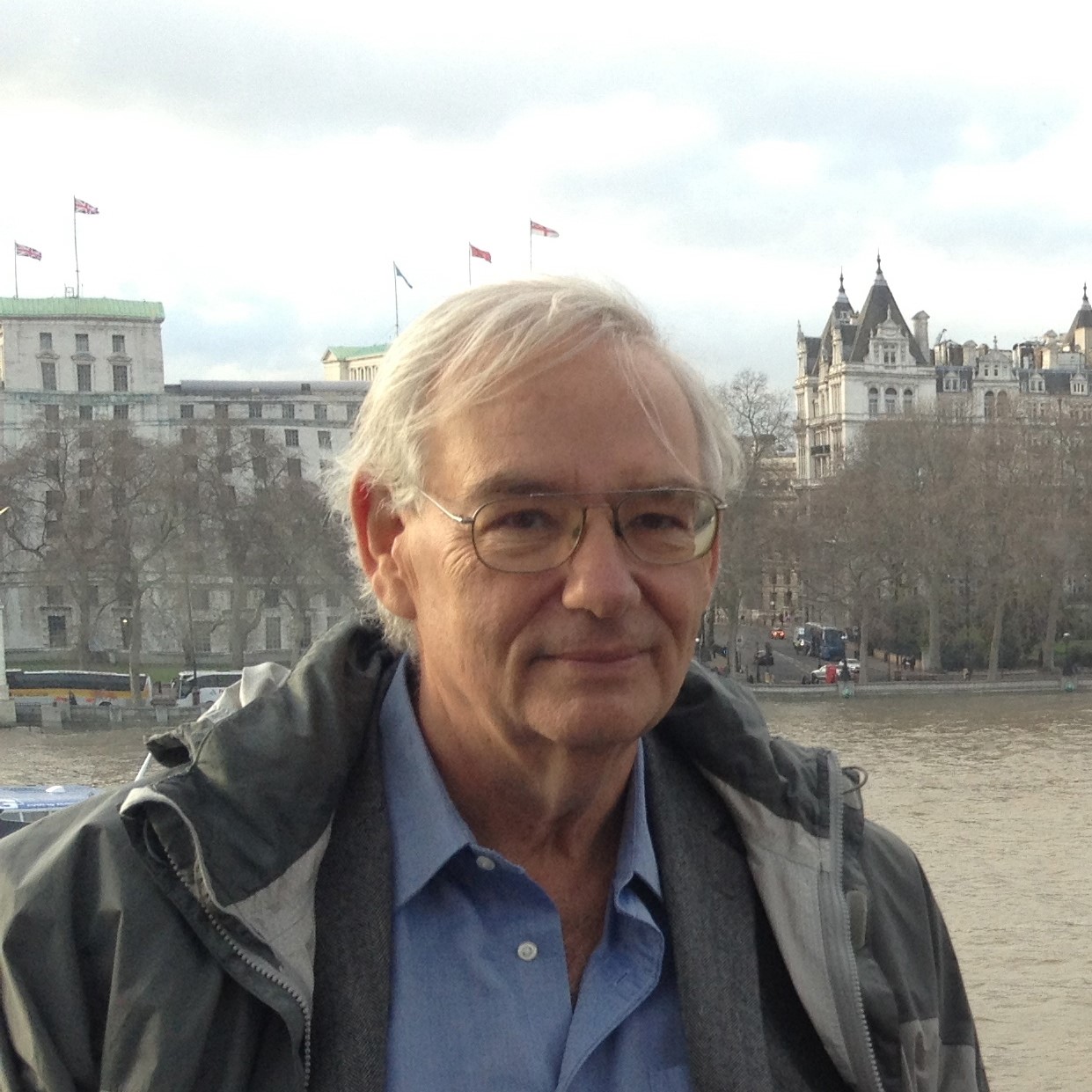 |
Andrew Dickson Professor - Marine Chemistry Scripps Institution of Oceanography University of California, San Diego, USA |
| Andrew Dickson is a professor of marine chemistry at the Scripps Institution of Oceanography, University of California, San Diego. Since the 1990s he has played a key role in improving measurements of oceanic CO2 system properties, and leads a program to prepare, certify, and distribute CO2 reference materials to the world’s marine scientists. His research interests include: ocean acidification, quality control of oceanic carbon dioxide measurements, biogeochemistry of the upper ocean, marine inorganic chemistry, thermodynamics of electrolyte solutions, and the analytical chemistry of carbon dioxide in seawater. He has participated in a wide variety of training workshops aimed at improving seawater CO2 measurement capacity around the world. | |
|
|
Craig Neill Research Engineer CSIRO Oceans and Atmosphere Hobart, Australia |
|
Craig Neill has been working as a research engineer at CSIRO Oceans and Atmosphere in Hobart, Australia since 2009, where he has developed new technology for ocean carbon measurements and underway observing systems on ships. From 2003-2009 he was at the Bjerknes Centre for Climate Research in Bergen where he developed one of the first systems for accurate multipoint calibration of oxygen optodes. From 1994 – 2003 he ran a small company in Seattle developing, manufacturing and utilising numerous systems for measurement of dissolved gasses in the ocean, including TCO2, CFC’s, SF6 and an underway pCO2 system which has ben used as the basis for one of the most common commercial systems (General Oceanics). At Brookhaven National Laboratory (1992-1994) he developed a system for measuring pCO2 of discreet water samples. Craig’s work has always been very hands on, having participated in over 50 research cruises. He has a BS in Physics from Washington State University.
Craig maintains an ongoing interest in best practices and education. He was a member of the Scientific Steering Committee and lecturer at the 2015 IOCCP Sensors Summer Course and a is a contributor to the Guide to Best Practices for Ocean CO2 Measurements. |
|
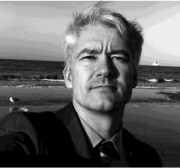 |
Gregor Rehder Professor - Marine Chemistry Leibniz Institut für Ostseeforschung Warnemünde (IOW) Rostock, Germany |
| Gregor Rehder holds a professorship for Marine Chemistry at the Leibniz Institute for Baltic Sea Research Warnemünde (IOW), where he is heading the Working Group for Trace Gas Biogeochemistry. Ever since his PhD work at the University of Kiel/GEOMAR in 1996, his work has focused on the cycling of environmentally relevant gases in the marine system, with a special focus on methane and the carbon system. Within this framework, his work has covered all ranges of concentrations from the subnanomolar background concentrations of methane in the ocean to the dissolution kinetics of methane and carbon dioxide gas hydrates, droplets and bubbles in the deep sea. Transport phenomena and phase transition processes have always played a dominant role in this research. Working on air-sea exchange of gases throughout his career, he is currently PI of the VOS Finnmaid, recording pCO2, pCH4, pO2 (and soon also pN2O) across the Baltic Sea as contribution to the ocean theme of the European Research Infrastructure ICOS (Integrated Carbon Observation System). He is coordinator of the European integrated project BONUS INTEGRAL (https://www.io-warnemuende.de/integral-home.html), which is co-organizing the training course. | |
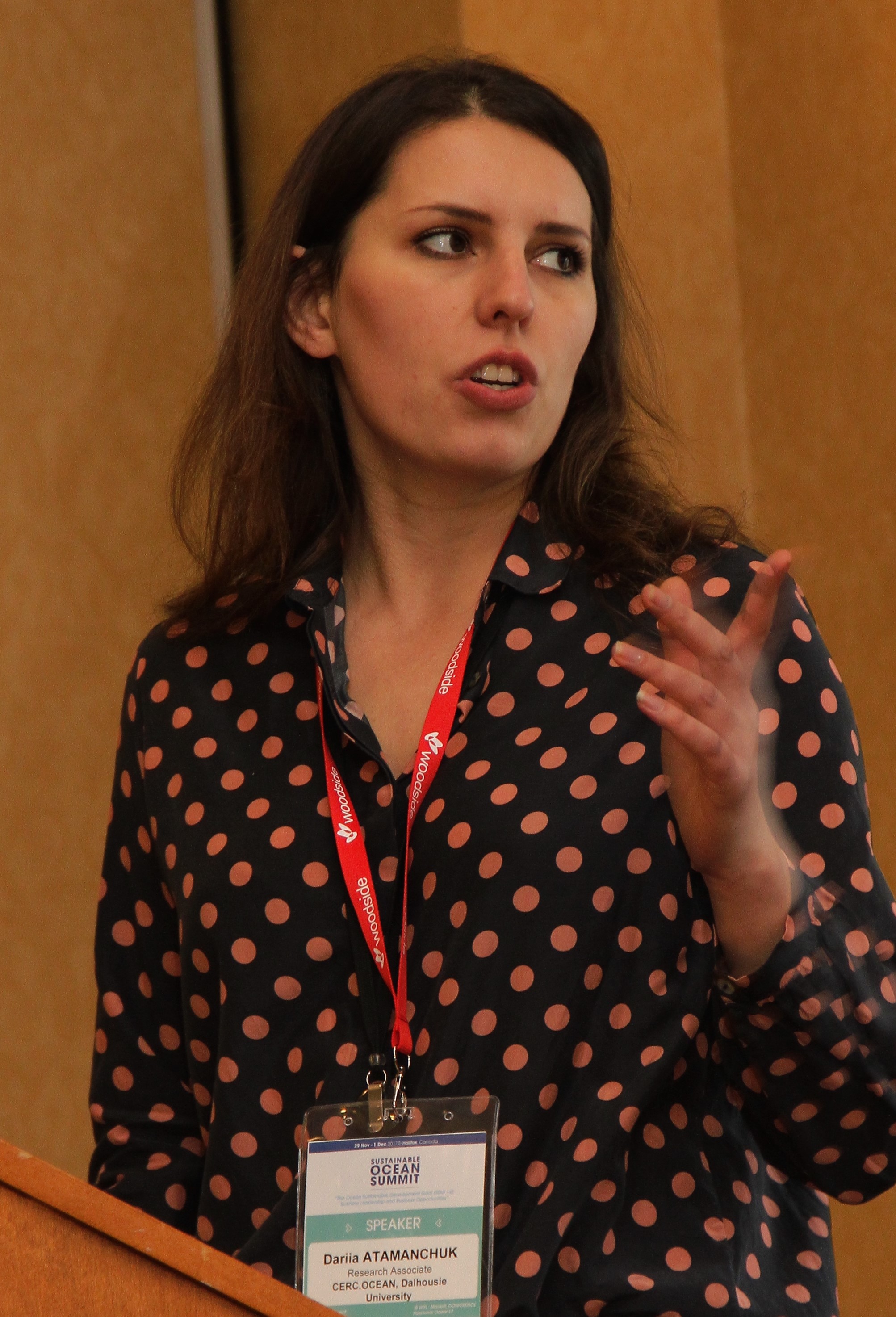 |
Dariia Atamanchuk Research Associate - Ocean Science & Technology, Chemical Oceanography Ocean Frontier Institute (OFI), Dalhousie University Halifax, Canada |
|
Dariia (Dasha) Atamanchuk is a Research Associate at the Department of Oceanography, Dalhousie University, Canada. Dariia holds a PhD in Marine Chemistry from University of Gothenburg, Sweden, and have been involved in the oceanographic sensor development for the most part of her doctoral and postdoctoral work. Her research focuses on the use of sensors and autonomous platforms for sustained biogeochemical ocean observations. She’s a research scientist on the SeaCycler project, an autonomous underwater winch profiler, and the Volunteer Observing Ship project (VOS) at Dalhousie University. Dariia collaborates nationally and internationally with industry and institutional partners (NOAA-PMEL, Scripps, GEOMAR, MUN, etc). Her scientific interests cover air-sea fluxes, ocean productivity measurements, mechanisms of supply and transport of CO2 and oxygen in the Northwest Atlantic and the Labrador Sea, in particular. Dariia maintains her involvement in international inter-comparison exercises of submersible, underway and bench-top instrumentation for dissolved gases, carbonate system measurements and nutrients. |
|
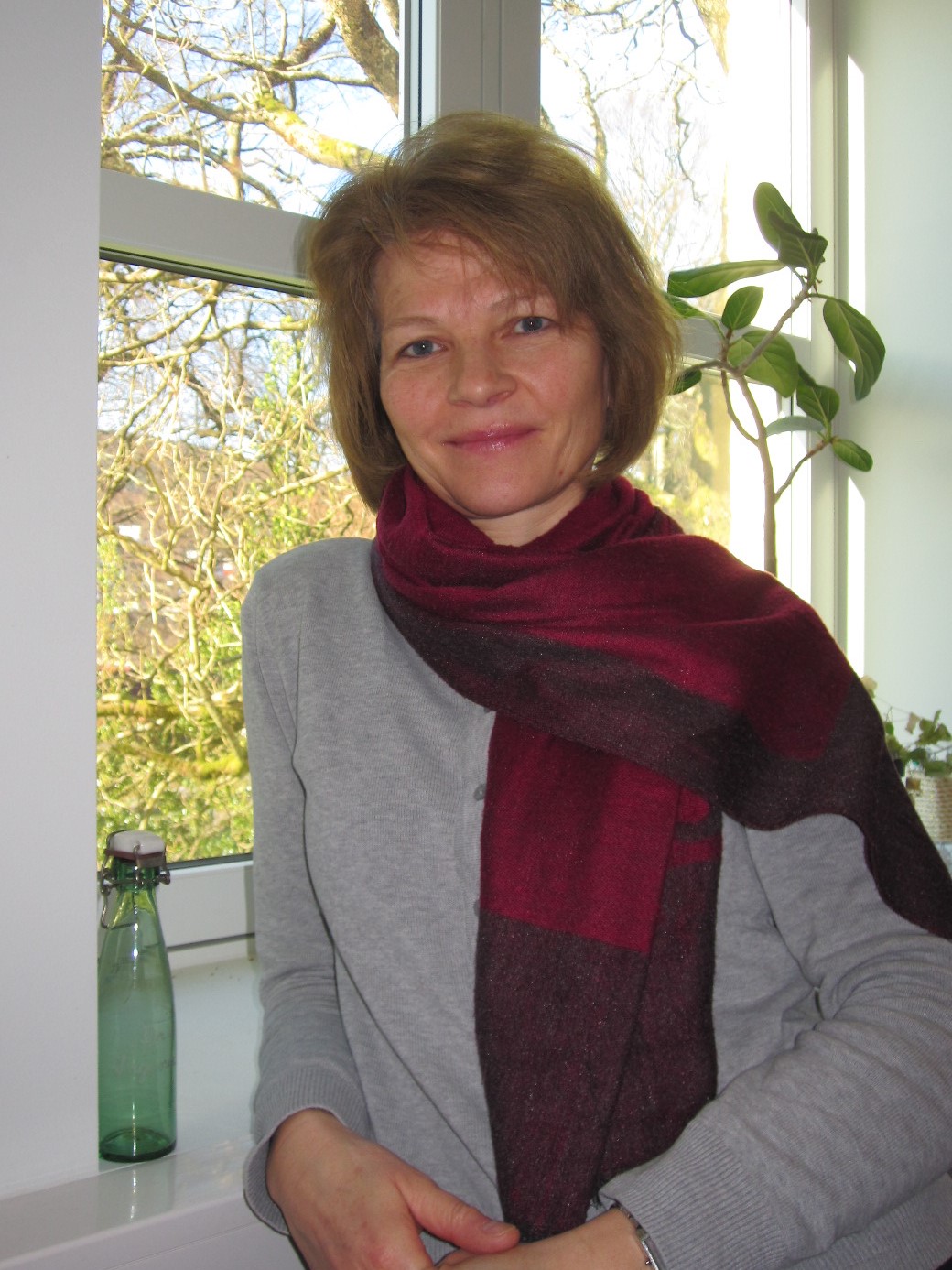 |
Ingunn Skjelvan Senior Researcher - Chemical Oceanography NORCE Norwegian Research Centre Bergen, Norway |
| Ingunn Skjelvan is a senior researcher at NORCE Norwegian Research Centre in Bergen, Norway. She holds a PhD in Chemical Oceanography from the University of Bergen, Norway, and has for more than 20 years worked with the marine inorganic carbon cycle through national and EU projects like e.g. ESOP1 and 2, TRACTOR, CARBOOCEAN, EUROBASIN, and FixO3. Her research focuses on temporal variability of the carbon cycle, drivers of the observed changes, and ocean acidification (OA), which is examined by combined use of observations from fixed stations and volunteer observing ships (VOS). Skjelvan started timeseries measurements of inorganic carbon at the ocean weather station M in the Norwegian Sea in 2001. She is involved in the EU infrastructure project ICOS (Integrated Carbon Observatory System) as a VOS PI and in OTC (Ocean Thematic Centre of ICOS) as PI for station evaluation and certification. Further, Skjelvan is contributing to a Norwegian governmental OA monitoring program, and she is involved in several initiatives focusing on knowledge exchange and building of competence in African countries. | |
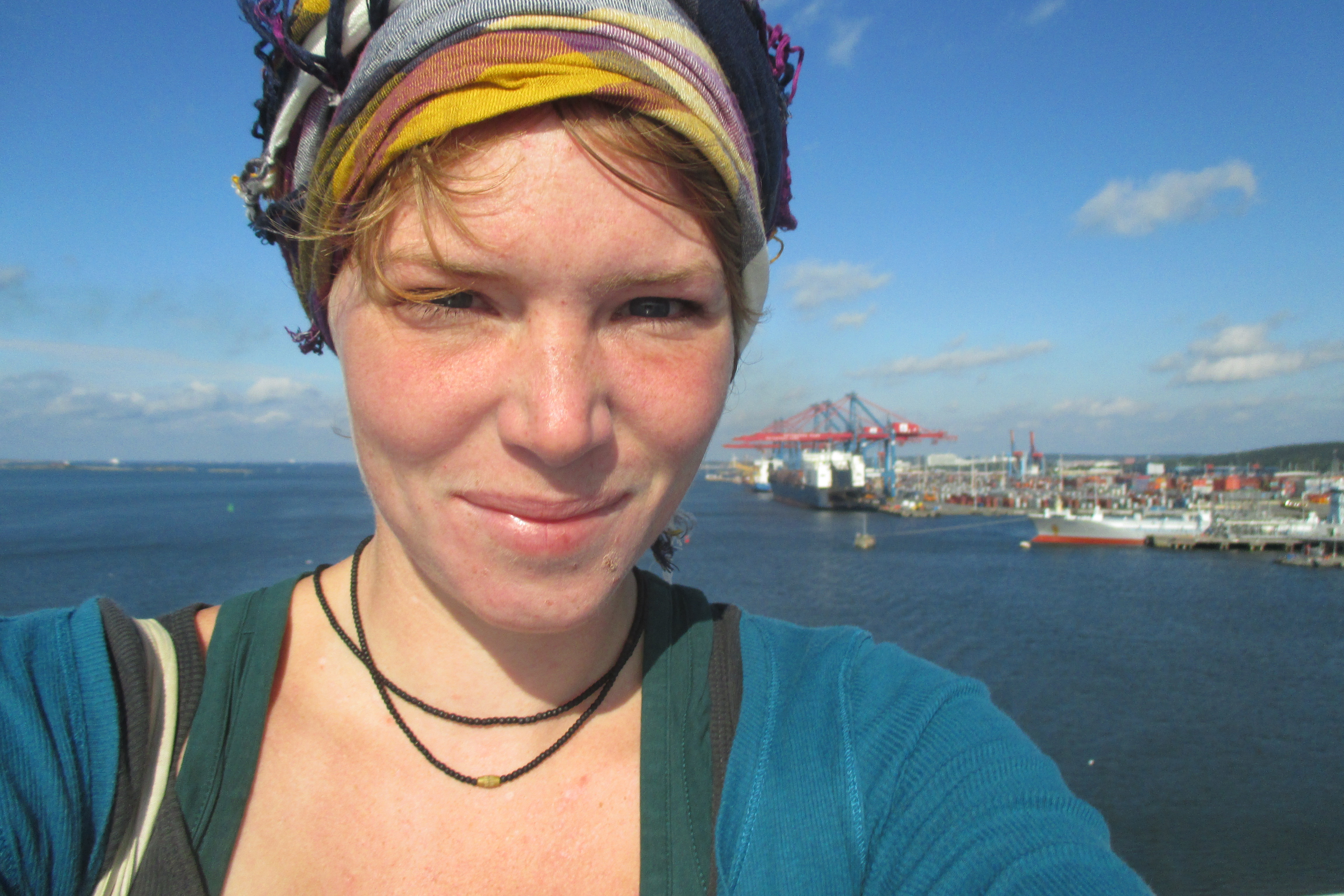 |
Meike Becker Researcher - Chemical Oceanography University of Bergen Bergen, Norway |
| Meike Becker is currently a post doc researcher within ICOS at the University of Bergen and responsible for continuous measurements of pCO2 on a container vessel sailing between Denmark and Greenland, as well as for coordinating the work on all four Norwegian voluntary observing ships (VOS) with highly precise measurements of pCO2. Already her PhD, which she obtained at the University of Kiel in 2016, was focussed on pCO2 measurements from a VOS in the North Atlantic. She installed a cavity ringdown spectrometer on the vessel and was able to describe the seasonality in stable isotope ratios of inorganic carbon with a high spatial resolution. Since moving to Bergen her focus has shifted a bit further north towards the Nordic Seas and coastal dynamics along the long Norwegian coast. Another interest is the coupling between the variability in pCO2, primary production and nutrients. | |
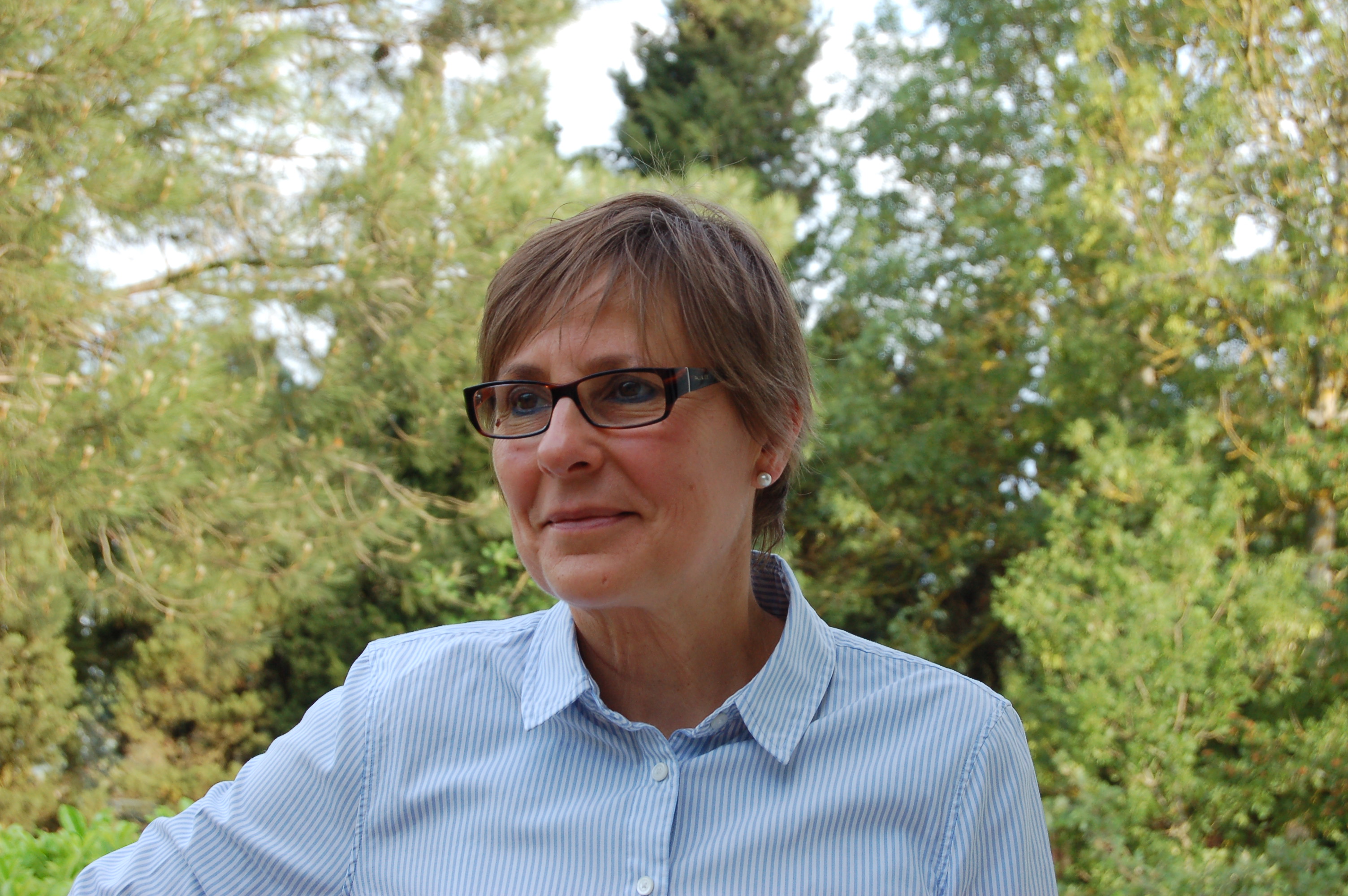 |
Véronique Garçon Senior scientist - Marine Chemistry Laboratoire d'Etudes en Géophysique et Océanographie Spatiales (LEGOS) Toulouse, France |
|
Dr. Véronique Camille Garcon graduated from University of Paris VII in Environmental Sciences and then became a post-doc fellow at MIT (Cambridge, USA). Recruited as an Early Career scientist at Centre National de la Recherche Scientifique (CNRS) in 1985, she worked at ‘Institut de Physique du Globe de Paris’ then moved down to Toulouse with a sabbatical stay at Princeton University in 1995-1996. Her research themes aim towards understanding and quantifying processes governing fluxes of carbon, oxygen and associated biogeochemical elements in the ocean, using in situ tracers observations, remotely sensed data, coupled physical biogeochemical modeling and data assimilation technics. She is also deeply involved in oceanic biogeochemical climatic monitoring via electrochemical sensors development. She served in the JGOFS SSC, member of the French IFREMER Scientific Committee for 10 years, and in many national (CNRS National Committee, National Navy,..), European (PML, GEOMAR, ESF, EC, EGU, ERC..) and international scientific instances. She served for many years in the Scientific Committee of the SOLAS (Surface Ocean Lower Atmosphere Study) project (SCOR, ICACGP, WCRP, Future Earth) as a member then as Chair. She is presently a member of the Global Ocean Oxygen Network from IOC-UNESCO, of the IOCCP SSG and of the CLIVAR EBUS Research Focus group. She has published over 110 papers in peer-reviewed journals on her various research thematics. She received the Anton Bruun medal in June 2017 delivered by IOC-UNESCO. |
|
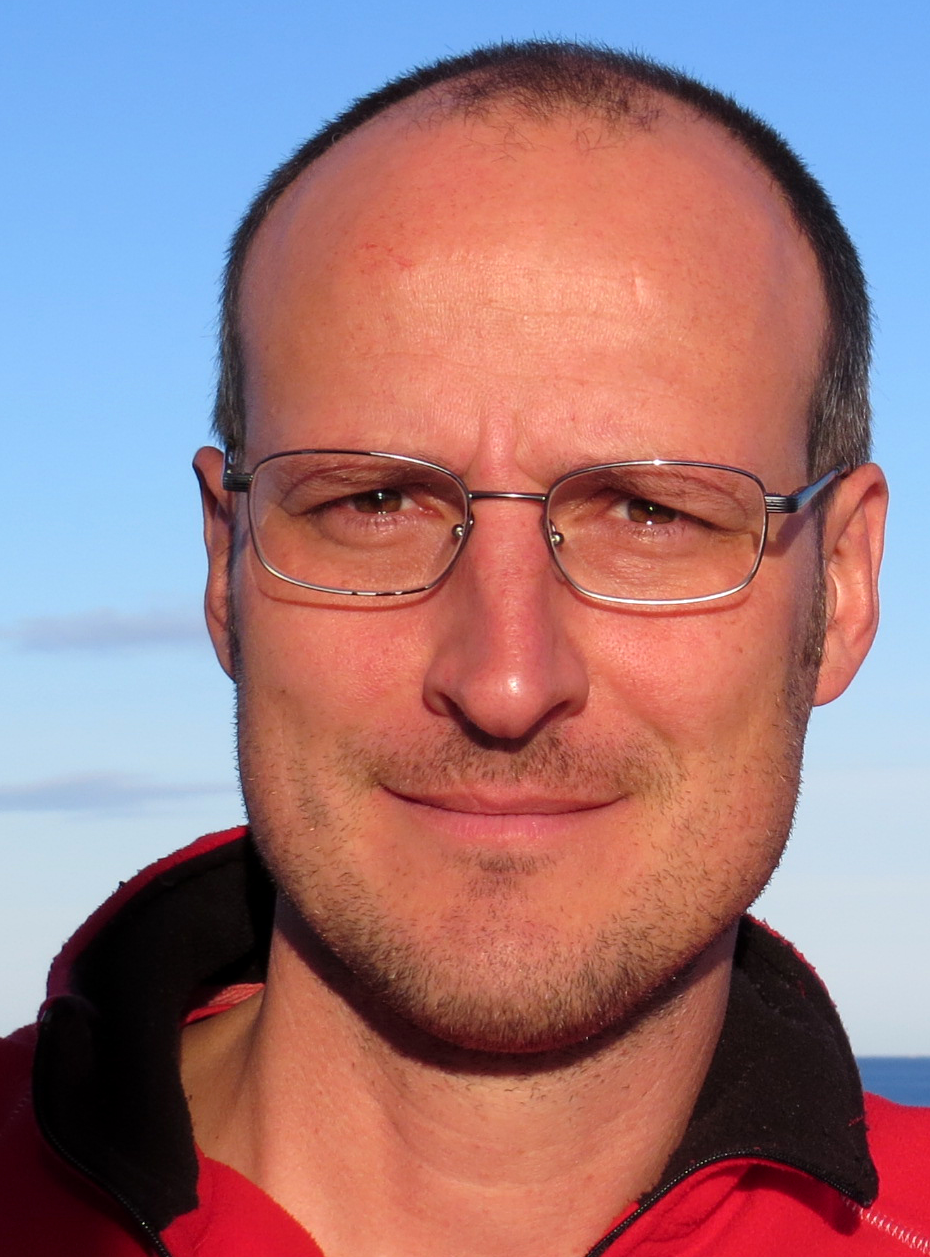 |
Giorgio Dall'Olmo Scientist - Earth Observation Plymouth Marine Laboratory (PML) Plymouth, UK |
| Giorgio Dall’Olmo is a scientist at the Plymouth Marine Laboratory (UK) where he has been working since 2010. Giorgio holds a PhD from the University of Nebraska-Lincoln during which he developed remote-sensing algorithms for estimating chlorophyll-a concentrations in turbid productive waters. After obtaining his doctoral degree, Giorgio moved to Oregon State University to investigate phytoplankton physiology in the open ocean using remote sensing and in-situ optical measurements. Besides his longstanding passion for marine optics, Giorgio’s main research interest is investigating ocean biology and biogeochemistry by exploiting data from remote sensing and Biogeochemical-Argo floats. Giorgio leads the UK Biogeochemical-Argo programme and is a member of the Biogeochemical-Argo International Steering Team. | |
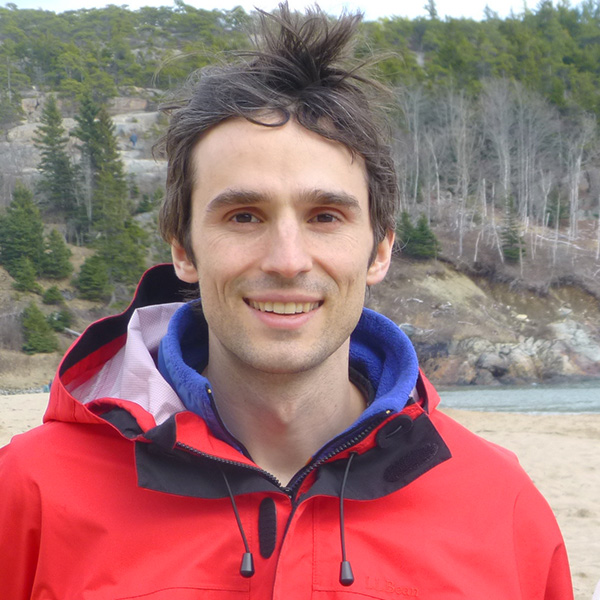 |
Nathan Briggs Scientist - Ocean Biogeochemistry and Ecosystems National Oceanography Centre (NOC) Southampton, UK |
| Nathan Briggs is a postdoctoral researcher at the National Oceanography Centre in Southampton, UK. Nathan has been working since 2007 on bio-optical oceanography, and biogeochemistry, and he has developed new techniques for quantifying particle sizes and fluxes using optical backscattering and fluorescence sensors. Nathan obtained his PhD in 2014 from the University of Maine, USA, where he gained a strong foundation in bio-optical sensor technologies, including as a student and later a teaching assistant for the intensive four-week Ocean Optics Summer Class. Nathan obtained a US National Science Foundation fellowship for his first post-doc at the Laboratoire d'Océanographie de Villefranche-sur-mer, France, to study the biological carbon pump using Biogeochemical Argo floats, and he is currently doing similar work using autonomous gliders. | |
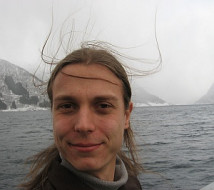 |
Henry Bittig Scientist - Chemical Oceanography Leibniz Institut für Ostseeforschung Warnemünde (IOW) Rostock, Germany |
| Henry Bittig is a researcher in the Department Physical Oceanography and Instrumentation at the Leibniz Institut für Ostseeforschung Warnemünde (IOW) in Rostock, Germany. Henry's research interests are among other things in: (i) Marine carbon cycle and biological carbon pump, (ii) Biogeochemical in-situ sensors (e.g., O2, pH, NO3, Chl a, bbp) and platforms (e.g., free-drifting floats), (iii) Linking of ocean observing systems: research campaigns (GO-SHIP), voluntary observing ships (VOS, SOCONET), autonomous water column observations (Argo and Biogeochemical-Argo), remote sensing (Ocean Color), (iv) Linking ocean observation & modeling, as well as marine research infrastructure & research. | |
 |
Phil Bresnahan Research Engineer - Chemical Oceanography Scripps Institution of Oceanography at University of California, San Diego (UCSD) San Diego, CA, USA |
| Bresnahan is a Research Engineer at Scripps Institution of Oceanography and the Director of the Scripps Makerspace. His research focuses on the development of CO2 system sensors, especially for mobile platforms and citizen science programs. The Scripps Makerspace is designed to serve both education and research communities at Scripps and to enable rapid prototyping and testing in a variety of pressure chambers, test tanks, and calibration facilities. As the Head of Technology for the Smartfin Project, Bresnahan is developing a suite of tools for the collection of coastal oceanographic data from surfboards and standup paddleboards in order to fill in gaps between moored sensors and field surveys and to inspire coastal communities to become better stewards of their environment. | |
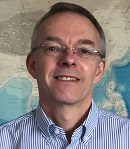 |
Douglas Connelly Professor - Marine Geoscience National Oceanography Centre University of Southampton, Southampton, UK |
|
Doug is a Principal Scientist at the National Oceanography Centre in the UK, and holds an Honorary Professorship at the University of Southampton. Doug is involved in the development and application of a variety of sensor technologies to address global biogeochemical and societal questions. Applying these sensors to marine systems as diverse as cold-seeps, hydrothermal vents, and reducing lochs, Doug has worked in all of the worlds' Oceans.
Doug manages a large laboratory facility with a suite of sensors and instruments valued in excess of US$ 1 million and supervises numerous technical staff and a number of PhD students investigating a range of more focused studies such as the role of organic complexes in the stabilization of iron in the marine environment, through to studies of the role of a warming Arctic in the release of geologically stored methane. Doug leads of has led EU funded projects with a total value of more than $3 million, including the largest EU funded project on carbon capture and storage, STEMM-CCS, working to enhance our understanding of CCS in offshore environments. |
|
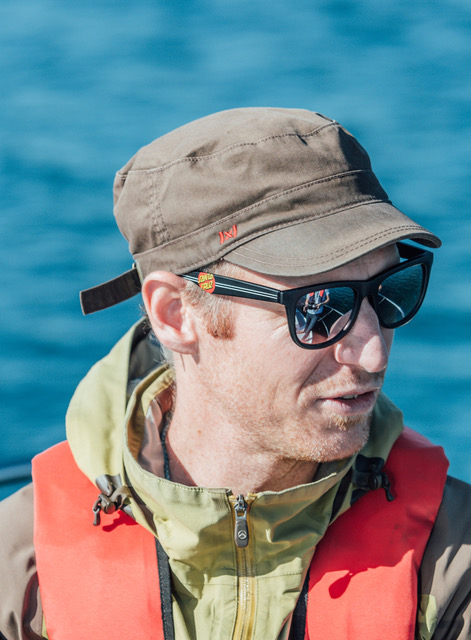 |
Jamie Shutler Associate Professor - Earth Observation Centre for Geography and Environmental Science, University of Exeter Penryn, UK |
|
I am an oceanographer and engineer with a wide range of interests that exploit in situ observations, satellite Earth observation and models to study and monitor land-water-atmosphere interactions and environment, particularly in relation to climate and water quality. This includes studying atmosphere-ocean gas exchange of climatically important gases, the distribution of calcium carbonate in the ocean, evaluating the quality of model and Earth observation data, developing approaches for water quality monitoring of bathing waters and aquaculture sites and land-water interactions in fresh water reservoirs. I have also published research on developing and exploiting computer vision techniques for biometrics (gait), medical imaging (breast cancer) and surface ocean currents.
My reserach has been featured in the Guardian Environment, BBC news, Al Jazeera TV, contributed to UK parlimentary enquiries and guided international agencies. My research team (JamieLab) currently comprises 1 post-doc researcher, 8 PhD students and an MSci student. All of our research software is open-source and free to use. The FluxEngine open source python toolbox for calculating atmosphere-ocean gas fluxes is freely avaialable here. |
|
 |
Tom Holding Postdoctoral researcher - Earth Observation University of Exeter Penryn, UK |
| Tom has studied Environmental Science at undergraduate level and has a BSc in Computer Science from the University of East Anglia. He has a PhD in Applied Mathematics from the University of Exeter, where he used computational models to understand the evolution and transmission strategy of the human malaria parasite, Plasmodium falciparum. He later joined the Centre for Geography and Environmental Science (CGES) as a post-doctoral research associate working on two European Union Integrated Carbon Observing System (ICOS) readiness projects which are: BONUS INTEGRAL and RINGO. Tom’s work within these projects focuses on atmosphere-ocean gas exchange of carbon dioxide (CO2) and other trace gases in Baltic Sea and North Atlantic. He is the lead software developer maintaining and extending the FluxEngine toolbox; a toolbox for calculating atmosphere-ocean fluxes. More recently his work has also focussed on developing computational methods for quantifying the net transport of carbon across continental shelves, which results from interactions between ocean currents, wind and waves, towards better understanding the role of shelf-seas in the export of carbon to the deep ocean. | |
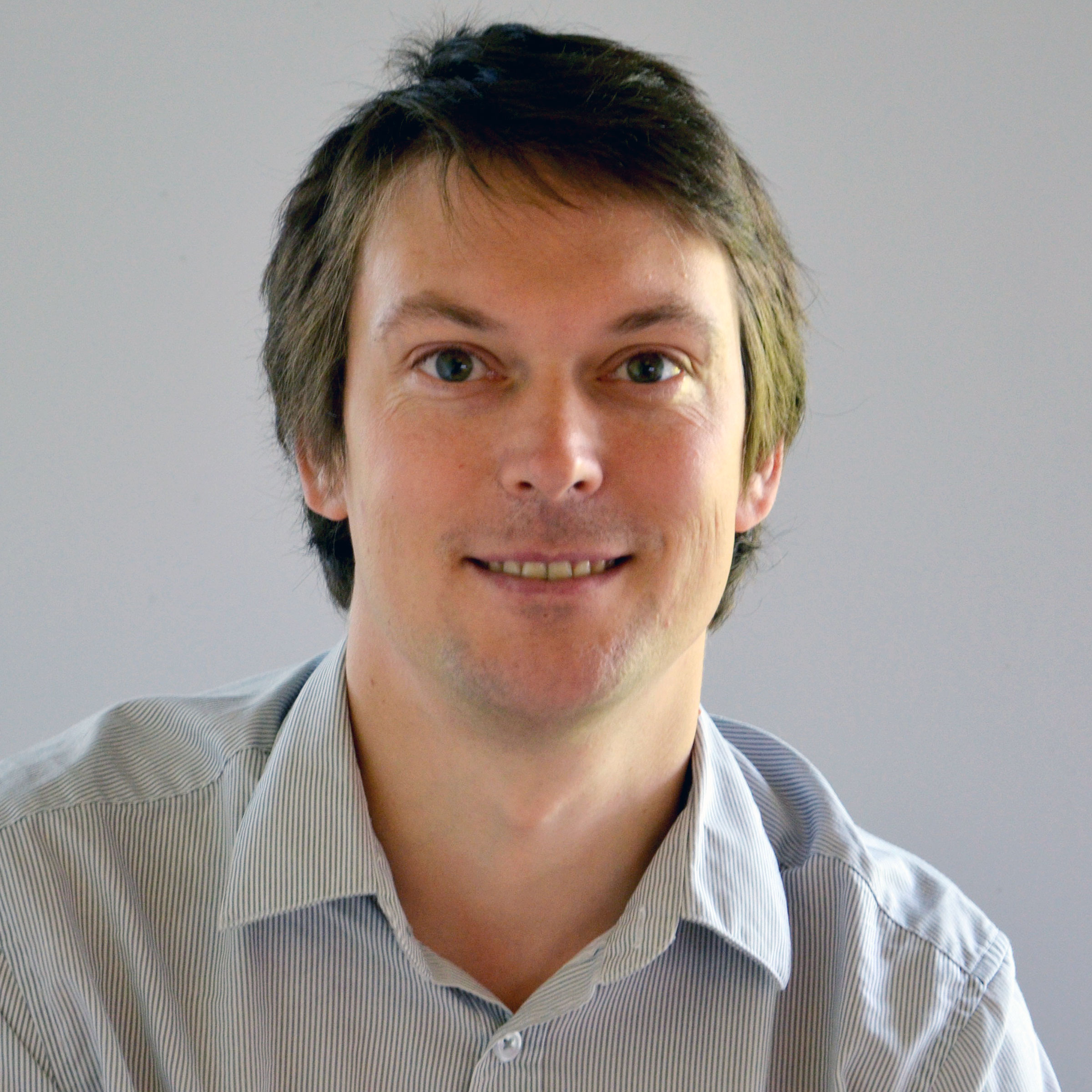 |
Peter Landschützer Scientist - Ocean Biogeochemistry Max Planck Institute for Meteorology Hamburg, Germany |
| I am a marine biogeochemist working at the Max Planck Institute for Meteorology (MPI-M) in Hamburg, Germany, focusing on the marine uptake of carbon and heat and its variability in space and time. While being involved in the collection, quality control and analysis of underway pCO2 data during my PhD at the University of East Anglia in Norwich, UK, my doctoral and post-doctoral work at ETH in Zurich, Switzerland, focused on the interpretation and extrapolation of surface ocean pCO2 measurements using artificial neural networks. At MPI-M I combine my analysis and numerical skills to close the marine carbon budget based on observations and further provide a constraint to evaluate and improve state of the art Earth System Models. | |
 |
Maciej Telszewski Director - International Ocean Carbon Coordination Project institute of Oceanology Polish Academy of Science (IO PAN) Sopot, Poland |
|
Maciej Telszewski holds a PhD in Marine Biogeochemistry from the University of East Anglia (Norwich, UK), where he worked with surface ocean carbon data to develop an efficient neural network algorithm allowing basin scale mapping of this parameter in the North Atlantic. He then moved to Japan, where he joined a research group at the National Institute for Environmental Studies (Tsukuba) to further improve the statistical computing approach. His work resulted in successful mapping of surface carbon and nutrients fields in the North Pacific accompanied by fluxes estimates included in the RECCAP synthesis (http://www.globalcarbonproject.org/reccap/). Throughout his research carrier he was actively involved in field campaigns, contributing surface measurements to the Surface Ocean CO2 Observing Network (SOCONET) and ocean interior measurements to the Global Ocean Ship-based Hydrographic Investigations Program (GO-SHIP, http://www.go-ship.org/).
In 2011 Maciej joined the Intergovernmental Oceanographic Commission of UNESCO (Paris, France) initially as a Deputy Director of the International Ocean Carbon Coordination Project (IOCCP, http://www.ioccp.org/index.php ) and since mid-2012 as IOCCP’s Project Director (and Global Ocean Observing System (GOOS) Biogeochemistry Expert Panel Executive Officer). In this role he coordinates the highly diverse set of ocean carbon and biogeochemistry activities through extensive collaboration and dialogue with the scientific community via national and international organizations, scientific steering committees, scientific workshops, and expert meetings. |
|
Application
APPLICATIONS CLOSED
We received more than 130 applications from all over the world. Applications were subject to a very thorough and selective evaluation process by members of the Scientific Advisory Committee and the Organizing Committee. 28 students and early career researchers seeking training on biogeochemical sensors were invited to attend the course.
Sponsors & Organisers
WE THANK OUR CO-SPONSORS FOR THEIR EXCEPTIONAL GENEROSITY!!!


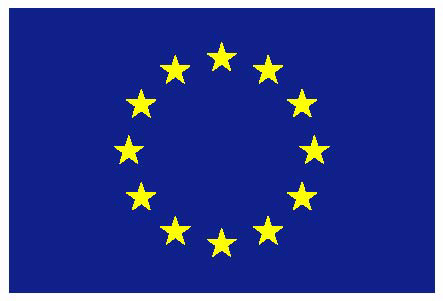
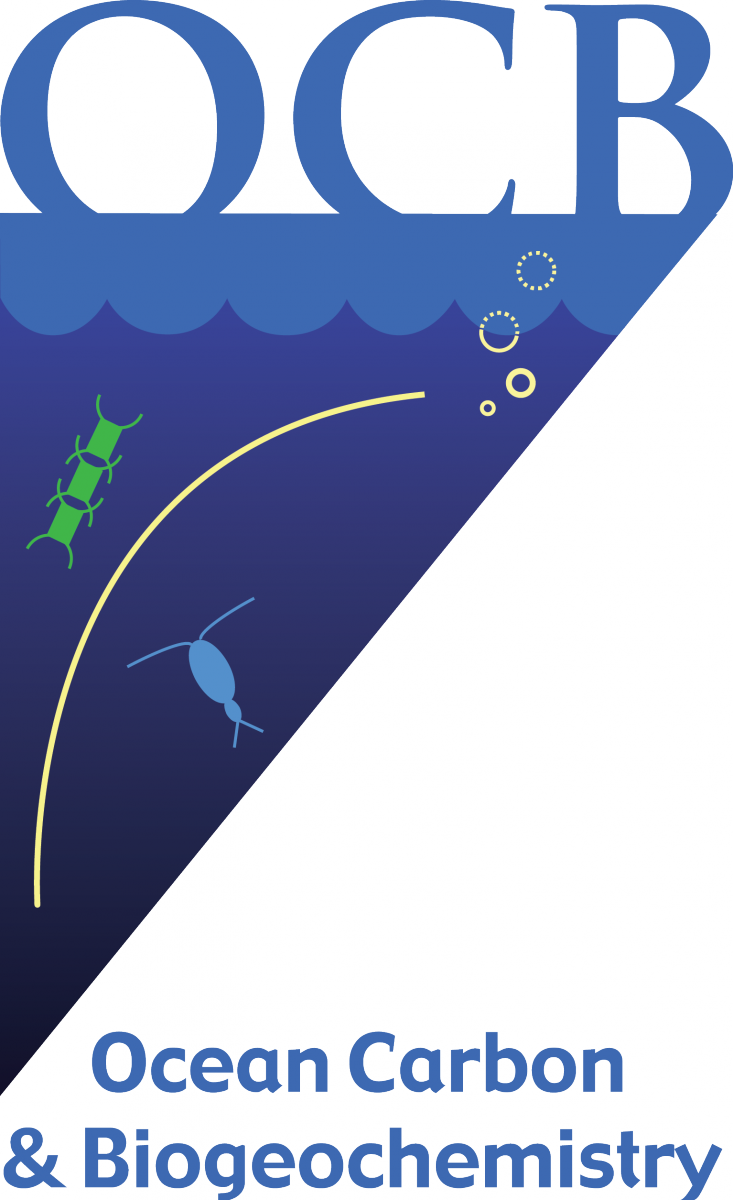
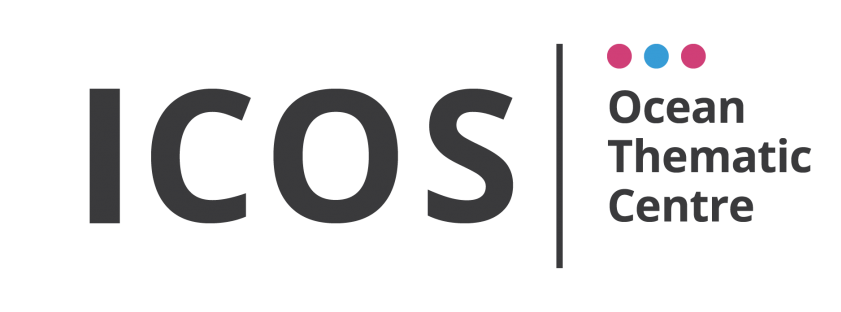
![]()

The Organizing Committee is composed of the following members:
Maciej Telszewski
IOCCP - Director
institute of Oceanology Polish Academy of Science (IO PAN)
Sopot, Poland
Gregor Rehder
BONUS INTEGRAL - Coordinator
Professor - Marine Chemistry
Leibniz Institut für Ostseeforschung Warnemünde an der Universität Rostock (IOW)
Rostock, Germany
Artur Palacz
IOCCP - Project Officer
Institute of Oceanology Polish Academy of Science (IO PAN)
Sopot, Poland
Henry Bittig
Scientist - Chemical Oceanography
Leibniz Institut für Ostseeforschung Warnemünde an der Universität Rostock (IOW)
Rostock, Germany
Anna Rutgersson
BONUS INTEGRAL - Principal Investigator
Professor - Meteorology
Uppsala Universitet
Uppsala, Sweden
Marcus Reckermann
Baltic Earth - Head of International Secretariat
Hemholtz-Zentrum Geesthacht
Geesthacht, Germany
The Local Organizing Committee is composed of the following members:
Andrea Norder
Administrative Assistant
Sven Lovén Centrum för Marin Infrastruktur, Göteborgs Universitet
Kristineberg, Sweden
Adam Ulfsbo
Researcher - Marine Science
Göteborgs Universitet
Kristineberg, Sweden
Bengt Lundve
Research Engineer
Sven Lovén Centrum för Marin Infrastruktur, Göteborgs Universitet
Kristineberg, Sweden
Lars Ljungqvist
Research Engineer
Sven Lovén Centrum för Marin Infrastruktur, Göteborgs Universitet
Kristineberg, Sweden
Venue & Logistics
More information on the course logistics will be available in due time. The course will be held at the Sven Lovén Center for Marine Sciences, in Kristineberg, Sweden: https://loven.gu.se/english/about_the_loven_centre/kristineberg
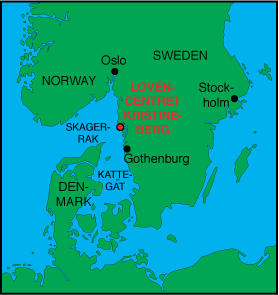

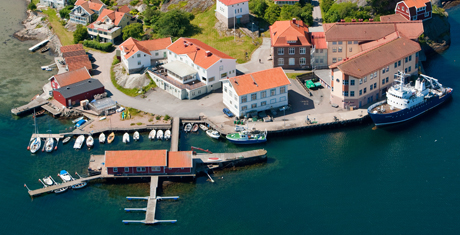
Location and areal view of the course venue.
Kristineberg is located at the mouth of the Gullmar fjord, with easy access to coastal habitats and open sea. The Gullmar fjord is 30 km long with a maximum depth of 118 m. Key features that makes this an important marine environment are the excellent water quality with three rather distinct water-masses; surface water of varying salinity depending on the mixture of local runoff and water from the Baltic and Kattegat/Skagerrak surface water, inter-mediate layer dominated by Skagerrak surface water and high saline bottom water from the North Sea at greater depths.
Visiting address:
Kristineberg, Fiskebäckskil (municipality of Lysekil)
Postal address:
Kristineberg 566,
SE-451 78 Fiskebäckskil, Sweden
Phone: 46 31 786 95 00
Contacts
For all inquiries concerning the course, please send an email to IOCCP Offfice (This email address is being protected from spambots. You need JavaScript enabled to view it.). You can also contact us by phone or fax: Phone: +48 58 731 16 10 / Fax: +48 58 551 21 30
~~~~~~~~~~~~~~~~~~~~~~~~~~~~~~~~~



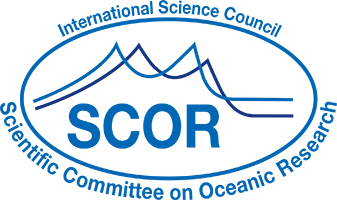

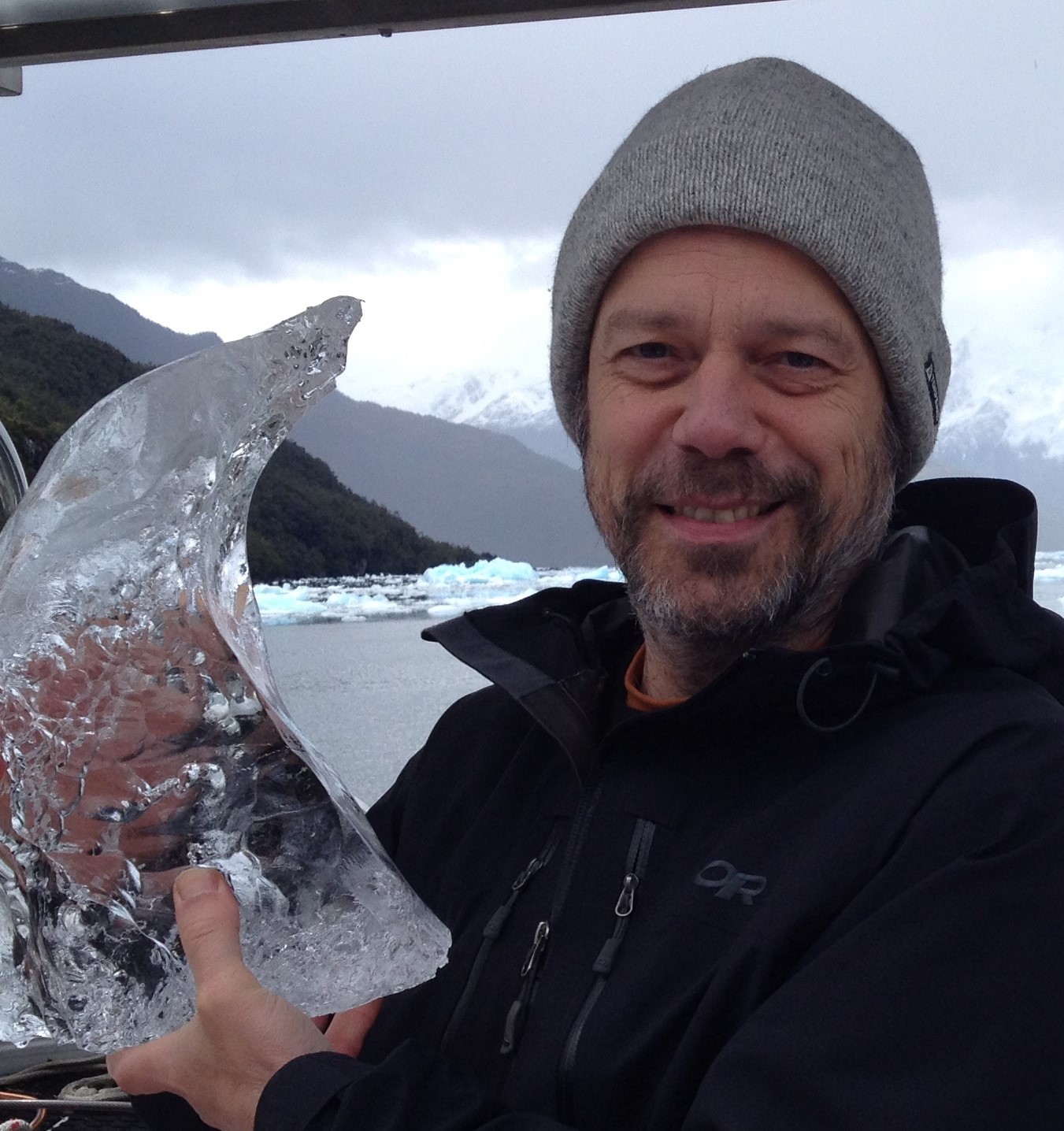
 Please wait...
Please wait...